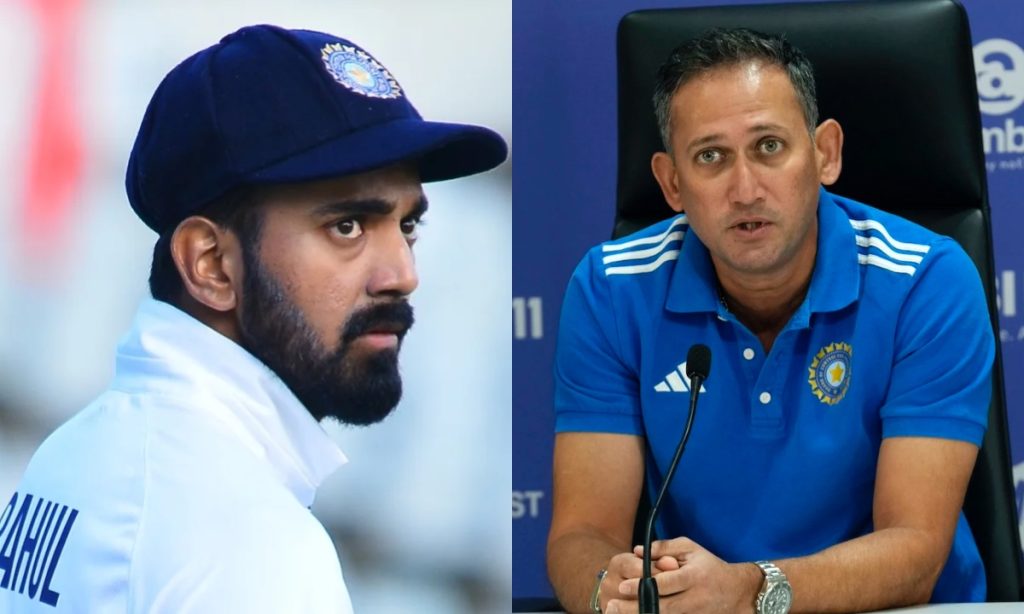The Indian cricket team’s selection for the Test series against Bangladesh has sparked considerable debate, particularly concerning two pivotal decisions: the inclusion of KL Rahul, despite his lackluster recent performances, and the choice of Yash Dayal over the promising Harshit Rana. These selections, while perhaps rooted in strategic thinking, have raised eyebrows and questions about the Indian selectors’ vision for the team.
KL Rahul’s Conundrum
KL Rahul’s selection, especially in light of his recent form, stands out as a contentious decision. Rahul, known for his elegant stroke play and ability to anchor innings, has been struggling to find his rhythm. His inclusion in the squad, therefore, seems more a testament to his past performances rather than current capabilities. Critics argue that this move might be detrimental to team morale and performance, where players are expected to earn their spots through merit rather than reputation.
The decision to back Rahul could be seen as a vote of confidence, a strategy to allow him to regain form in the pressure cooker of international cricket. However, this approach risks not only Rahul’s confidence but also the team’s performance if he fails to deliver. The series against Bangladesh could have been an opportunity to test new talent or give more game time to players in form, potentially missing out on discovering or nurturing the next big thing in Indian cricket.
Yash Dayal Over Harshit Rana
The selection of Yash Dayal over Harshit Rana has also drawn scrutiny. Dayal, while showing promise in domestic cricket and the IPL, has yet to make a significant impact at the international level. Harshit Rana, on the other hand, has been in the spotlight for his consistent performances and the ability to swing the ball both ways, a skill highly valued in Test cricket.
The preference for Dayal might be based on his left-arm pace, which could offer a different angle of attack, especially in conditions where swing could play a crucial role. However, Rana’s exclusion seems to overlook his potential to be a game-changer, especially considering his recent performances have been more convincing than Dayal’s. This decision could be seen as a missed opportunity to introduce a bowler who might not just fill a spot but could potentially dominate with the ball.
Impact on Team Dynamics
These selections could have broader implications for team dynamics. The inclusion of players based on potential or past glory rather than current form might send mixed signals to the rest of the squad about the criteria for selection. It could foster an environment where performance is not the sole determinant of selection, potentially affecting the team’s competitive edge.
Moreover, these choices reflect on the selectors’ strategy for team composition. Are they looking for immediate impact, or are they planning for the long term? The balance between experience and youth, between form and potential, is always delicate. However, in cricket, where form is often fleeting, backing players like Rahul might be seen as a gamble that could either pay off handsomely or backfire spectacularly.
The Indian selectors’ decisions regarding KL Rahul and Yash Dayal over Harshit Rana for the Bangladesh series have set the stage for a series that could define not just the players’ careers but also the Indian selectors’ foresight. While these choices might be rooted in strategic planning or a belief in redemption and potential, they also highlight the ongoing debate in cricket selection: form versus reputation. As the series unfolds, all eyes will be on Rahul and Dayal, not just for their performances but for what their inclusion signifies about the future direction of Indian cricket. This series, therefore, becomes more than just a contest against Bangladesh; it’s a test of selection philosophy in the face of cricket’s ever-changing dynamics.

